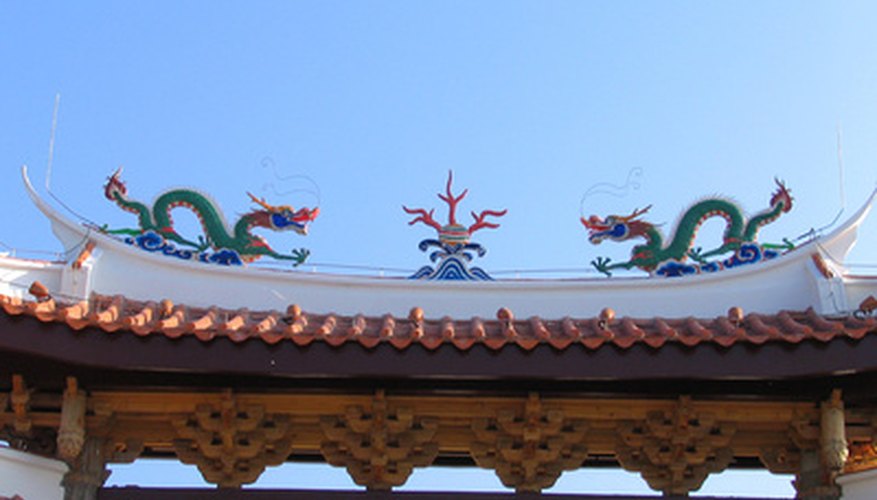Every culture could use a reminder of the qualities of wisdom, modesty, courage and beauty. Asian culture, particularly that of the Chinese, symbolises these virtues and more through its reverence of the jade dragon. Dragons are seen everywhere in China and few households are absent of their presence. Dragons carved from jade come in many sizes and shapes to remind Asians of the beauty and balance of being human.
History of Dragons and Jade Throughout China's Culture.

The jade dragon has been an integral part of Chinese culture that dates back as far as 3000BC. Its importance continued through the Western Han Dynasty (202BC-9AD) and remains of major relevance to modern day Chinese culture. Jade is known in China as the dragon stone and is more highly regarded in Chinese culture than any other culture in the world. Though most people consider jade a predominately green stone, it is also white, pale purple, blue, yellow, red and grey. Jade dragons are carved from jadeite or nephrite with soft sandpaper-like tools. It is a time-consuming, meticulous labour of love that further exemplifies the meaning of the jade dragon. Many jade dragons feature a single pearl at the neck which symbolises wealth, good luck and prosperity.
- The jade dragon has been an integral part of Chinese culture that dates back as far as 3000BC.
- Its importance continued through the Western Han Dynasty (202BC-9AD) and remains of major relevance to modern day Chinese culture.
Significance of the Jade Dragon in Chinese Culture.
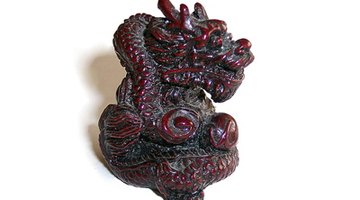
The jade dragon also represents happiness, immortality, procreation, fertility and activity. According to the Beijing Service Team in China, the ancient Chinese firmly believed that dragons lived under the earth’s surface and emerged only during the second month of the Chinese calendar year to bring rain and thunder. Any symbols of the dragon were highly respected and valued as the dragon was considered to have powers beyond what man possessed.
Features of Jade
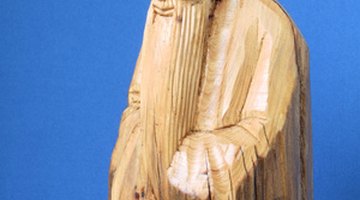
Confucius described jade as soft smooth and glossy, appearing to men like benevolence. Balancing the jade is the power of the dragon, which symbolises fire, strength and activity. The jade dragon embodies these qualities and represents man’s continual pursuit of balance, well-being and contentment.
Function of Jade Dragons in Feng Shui
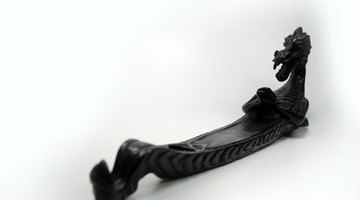
The jade dragon plays an important role in meditation, which is one of the eight branches of Chinese medicine. According to acupuncture-Oriental Medicine Practitioner, Jeff Nagel, MA, L. Ac, one’s surroundings are extremely important when considering the 3 Perfections of Feng Shui. The 3 Perfections are harmonious people, perfect place and right timing.
- The jade dragon plays an important role in meditation, which is one of the eight branches of Chinese medicine.
- According to acupuncture-Oriental Medicine Practitioner, Jeff Nagel, MA, L. Ac, one’s surroundings are extremely important when considering the 3 Perfections of Feng Shui.
Incorporating the beauty of the jade dragon into dimensions of interior design serves to remind one that personal surroundings have a profound effect on mood and attitude toward others.
Warnings About Desecrating a Jade Dragon
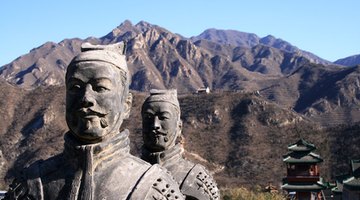
Asian cultures, particularly within China, consider it taboo to desecrate any symbol of the dragon. In fact, jade dragons are so precious to the Chinese, that they are often given as gifts to mark life's major milestones including birthdays and weddings. Jade dragons are carved as pendants, figurines, statues and even book ends. The jade dragon has become known as China's national symbol, and its predominance in everything from home decor to jewellery has further ingrained its deep sentimental value throughout Asian cultures.
- Asian cultures, particularly within China, consider it taboo to desecrate any symbol of the dragon.
- In fact, jade dragons are so precious to the Chinese, that they are often given as gifts to mark life's major milestones including birthdays and weddings.
